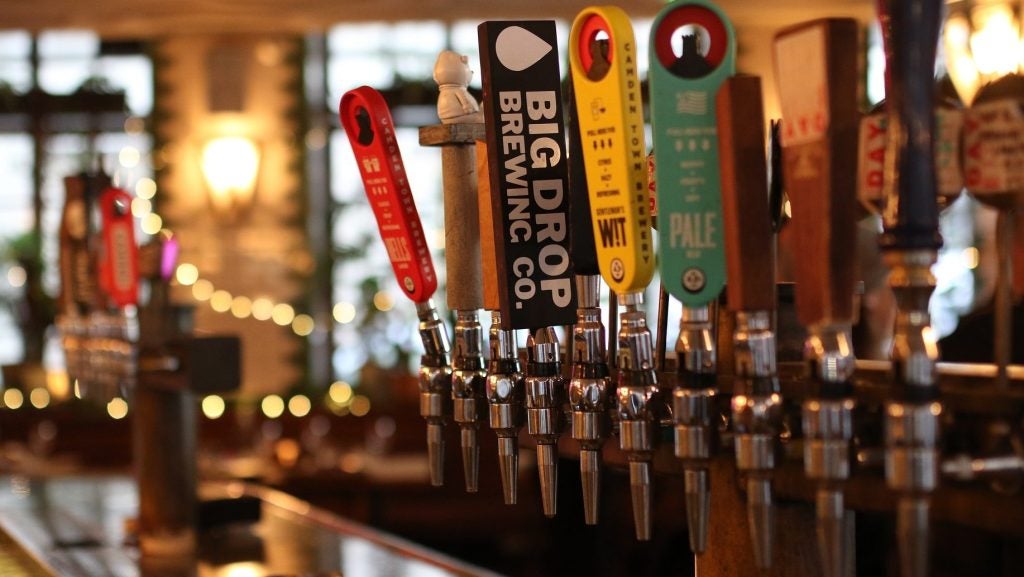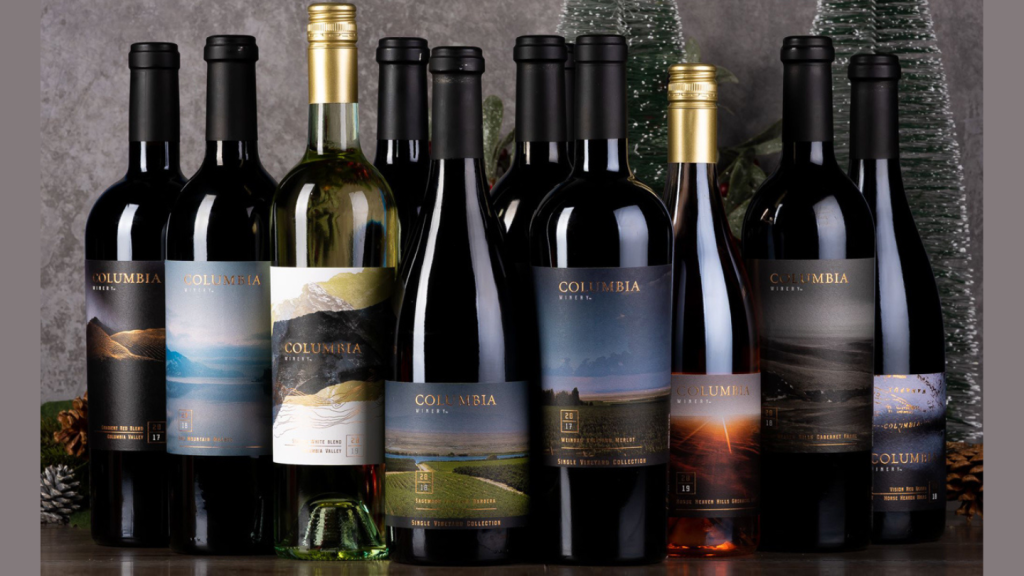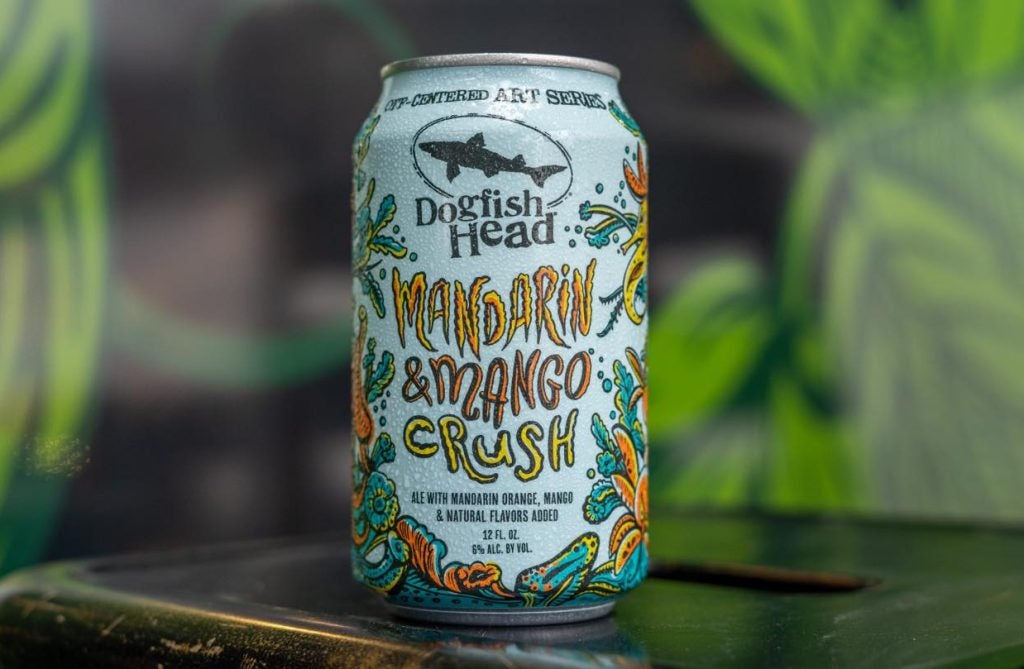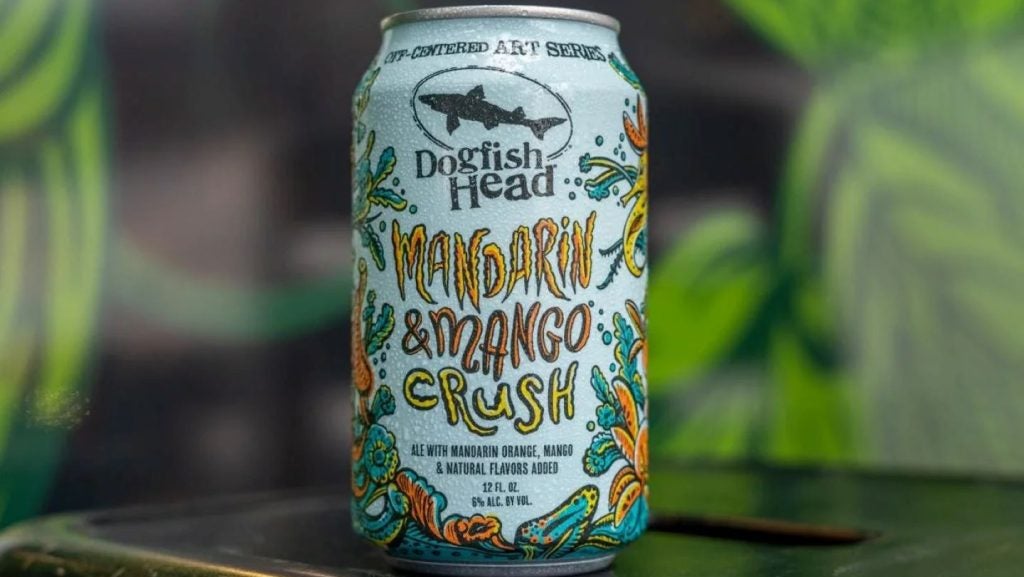 In the second part of our 2003 strategic beer review, in conjunction with drinks analyst Canadean, Chris Brook-Carter looks at the UK’s leading brewer, Scottish & Newcastle, and SABMiller. Both companies have grown quickly through acquisitions in the past 12 months, but they are acquisitions that have opened up new challenges as well.
In the second part of our 2003 strategic beer review, in conjunction with drinks analyst Canadean, Chris Brook-Carter looks at the UK’s leading brewer, Scottish & Newcastle, and SABMiller. Both companies have grown quickly through acquisitions in the past 12 months, but they are acquisitions that have opened up new challenges as well.
Scottish & Newcastle
Brian Stewart, chairman of Scottish & Newcastle has said: “If you have scale, you make more money in our business.” And the UK’s largest brewer Scottish & Newcastle has undergone a transformation under his leadership from a beer producer and pub operator confined by the boundaries of the UK to a true international player.
S&N’s strategy is to become “a major force in the global brewing industry recognised for our excellent brands, strong relationships with customers and partners and sustained value creation”. 2002 saw the company move into Greece, Finland and India with established and experienced partners. The moves – particularly its Hartwell deal, which saw it acquire a stake in the Russian brewer, Baltic Beverage Holding (BBH) – have given it an enviable balance between mature and growth markets.
In its strategic review of the company, drinks analyst Canadean says: “Its growth strategy has sent out a warning to European giants Interbrew and Heineken as well as the newly created SAB/Miller venture.” However, it goes on to warn that S&N is still “a couple of acquisitions off the pace”, before continuing: “There is little doubt that the company can only really grow competitively via valued acquisition so that it can keep up in the global stakes.”
However, S&N faces two significant hurdles on this front. The first is its debt. It is clear the company will have to lower its debt load before it can make any advances on the acquisition front. Instead, it may seek out further joint ventures and distribution agreements. High on its list may be an extension of its relationship with Carlsberg. Stewart himself has stated, “the relationship with Carlsberg is expected to get stronger”.
How well do you really know your competitors?
Access the most comprehensive Company Profiles on the market, powered by GlobalData. Save hours of research. Gain competitive edge.

Thank you!
Your download email will arrive shortly
Not ready to buy yet? Download a free sample
We are confident about the unique quality of our Company Profiles. However, we want you to make the most beneficial decision for your business, so we offer a free sample that you can download by submitting the below form
By GlobalDataCanadean says: “On the face of it, the [Carlsberg/S&N] deal could be mutually beneficial as Carlsberg would gain from S&N’s business in France, Belgium and Greece whilst the UK group would take advantage of existing links in Scandinavia, Switzerland, Italy and Germany.” However, there may also be regulatory issues in Portugal and the UK.
The second issue is S&N’s continuing dilemma of what to do with its UK pub business. Analysts have argued that S&N’s continued involvement in the pub sector is robbing the company of management time, resources and finances, which it needs to be directing at the international growth of its beer division.
Canadean believes S&N has three options with regard to how it treats its UK pub operation: Firstly, it could float that side of the business and generate enough funds to fund international acquisitions. Secondly it could operate a sale and leaseback programme or thirdly it could sell the chain outright. Doing nothing “is not a viable option, as this would jeopardise its future growth strategy, stalling its internationalisation process and widening the divide between itself and the leading players,” Canadean says.
As reported in just-drinks late last year, the solution S&N appears to be favouring is a sale of the pub real estate to the Royal Bank of Scotland (RBS). The management has indicated that it considers this a win-win scenario as it frees a substantial sum of money, estimated at up to £2.1 billion, from the property but allows S&N to maintain distribution of its products through the estate.
The dilemma is that the UK pub business is something of a cash cow. So S&N may opt for a strategy which reduces profitability in the short term but enhances potential for international earnings, hoping that the international rewards outweigh any short-lived profit fall.
SABMiller
From the dominant player in Southern Africa to the world’s second largest brewer, the transformation of South African Breweries into what is now SABMiller has been remarkable in its speed and scale. In 10 years, the proportion of total SAB volume accounted for by Africa has declined from 95% to just 46%. This proportion will fall still further to around one quarter once the Miller Brewing volume is included.
The US$5.6 billion deal that saw SAB buy Miller Brewing from owner Philip Morris in June last year, created the world’s second largest beer group behind Anheuser-Busch. With volumes in excess of 120m hectolitres, Graham Mackay, SAB’s chief executive, declared: “This transaction represents a new chapter in our development, taking SABMiller to the number two position globally, and positioning us to be a major participant in the ongoing consolidation of the global beer industry. The transaction will provide access for SAB to a significant position in the US market, which enjoys the brewing industry’s largest profit pool.” Meanwhile Philip Morris chief executive, Louis Camilleri, said SABMiller had “arguably the best geographic footprint among all global brewers.”
But for all the fanfare, the deal has also opened up a whole new chapter of significant challenges for the management. The acquisition of Miller was unusual for SAB in that it was the first move into a developed market, when virtually all its previous merger and acquisition activity had focused on developing markets such as China and those in Central and Eastern Europe.
“It could be argued that the acquisition of Miller Brewing Company was in part defensive since it renders the company virtually immune to a takeover, thereby scotching rumours of a possible move by Interbrew,” says Canadean in its strategic review of the company.
The success of the company therefore in the US will be closely scrutinised, particularly as it is generally accepted that SAB bought a business that is under-performing, especially in relation to its great domestic rival, Anheuser-Busch.
“SABMiller will be waiting anxiously to see whether any new initiatives it takes in the US will have any effect on the flagging fortunes of Miller Brewing. Total
Miller company volume was down by 1.5m hectolitres in 2001, although this was due partly to lower inventories. At the same time, market share dipped below the 20% mark,” says Canadean.
The research company goes on to ponder whether SABMiller should be prepared to accept further volume erosion in favour of greater profitability, perhaps pursuing growth in FABs and imported beers. It also asks what should be done to rationalise the crowded brand portfolio.
Outside the US, SABMiller is on much more familiar ground. Exposure to weak currencies remains a concern, most notably the decline of the South African Rand against the dollar. But in Europe the group had an excellent year. And, in Latin American and Asia, SABMiller continues to confirm SAB’s long held reputation as one of the best developing market operators in the industry.
“The SABMiller strategy in China is clearly a clever one,” says Canadean. “The company is working with what appears to be an excellent partner and, conscious of the fact that the Chinese beer market is a collection of regional markets, SABMiller has concentrated on building strong regional positions. The move into Central America was an unexpected one but here again SABMiller is working with an excellent local partner.”
But even in these markets, the next few years will pose some serious strategic questions which will need answers. The strategy in China, for example, is moving ahead nicely, but at what stage will this market become truly profitable once the high capital expenditure is taken into account?
How much volume growth can be achieved in Central and Eastern Europe where competition is stiff from the likes of Heineken and Interbrew? The same scenario faces the group in Latin America, where acquisition targets are now thin on the ground.
The company also lacks a truly global brand. Pilsner Urquell is earmarked for such a role, but some analysts wonder whether it has the legs to go that sort of distance.
CEO Graham Mackay has stated that the group’s strategy is now to drive volume and productivity in our major markets; seek value-adding opportunities to enhance our position as a global brewer with exposure to both developed and developing markets; grow our brands in the international premium beer segment and actively participate in the ongoing industry consolidation”
“This statement of strategy is somewhat all-embracing but it does make one thing crystal clear – further acquisitions can be expected,” Canadean concludes.







